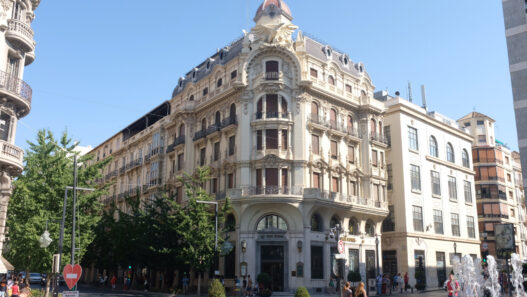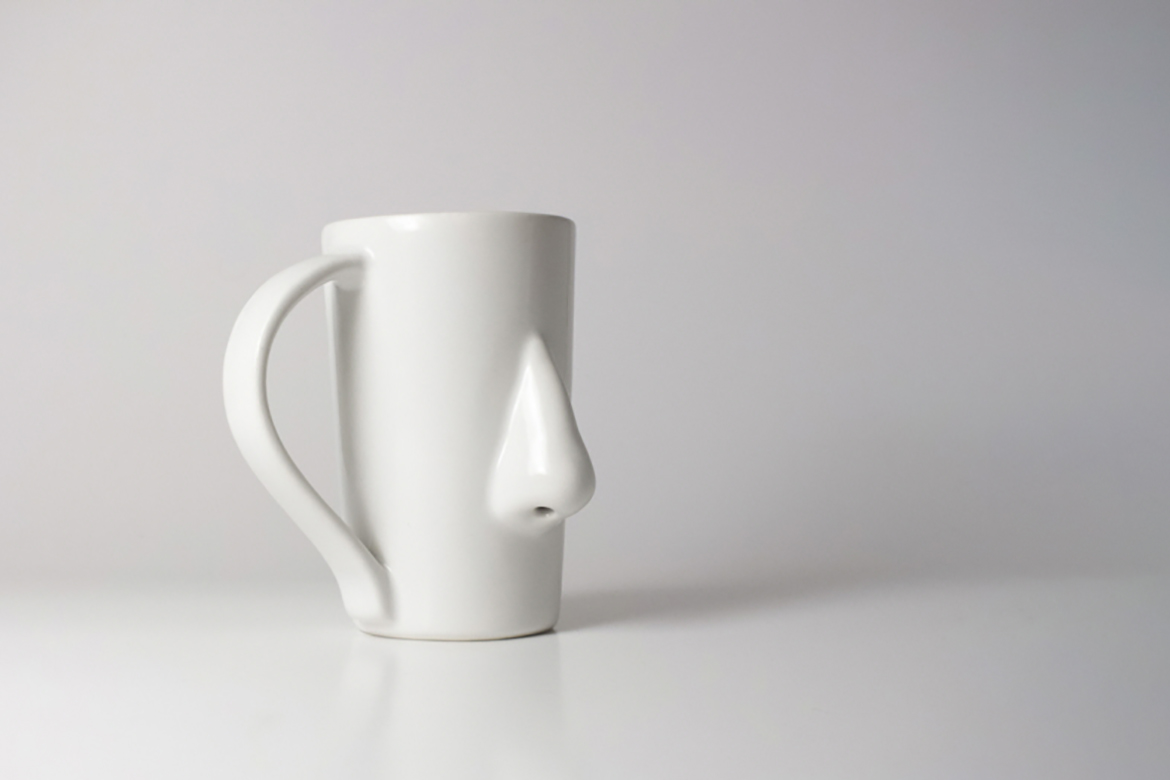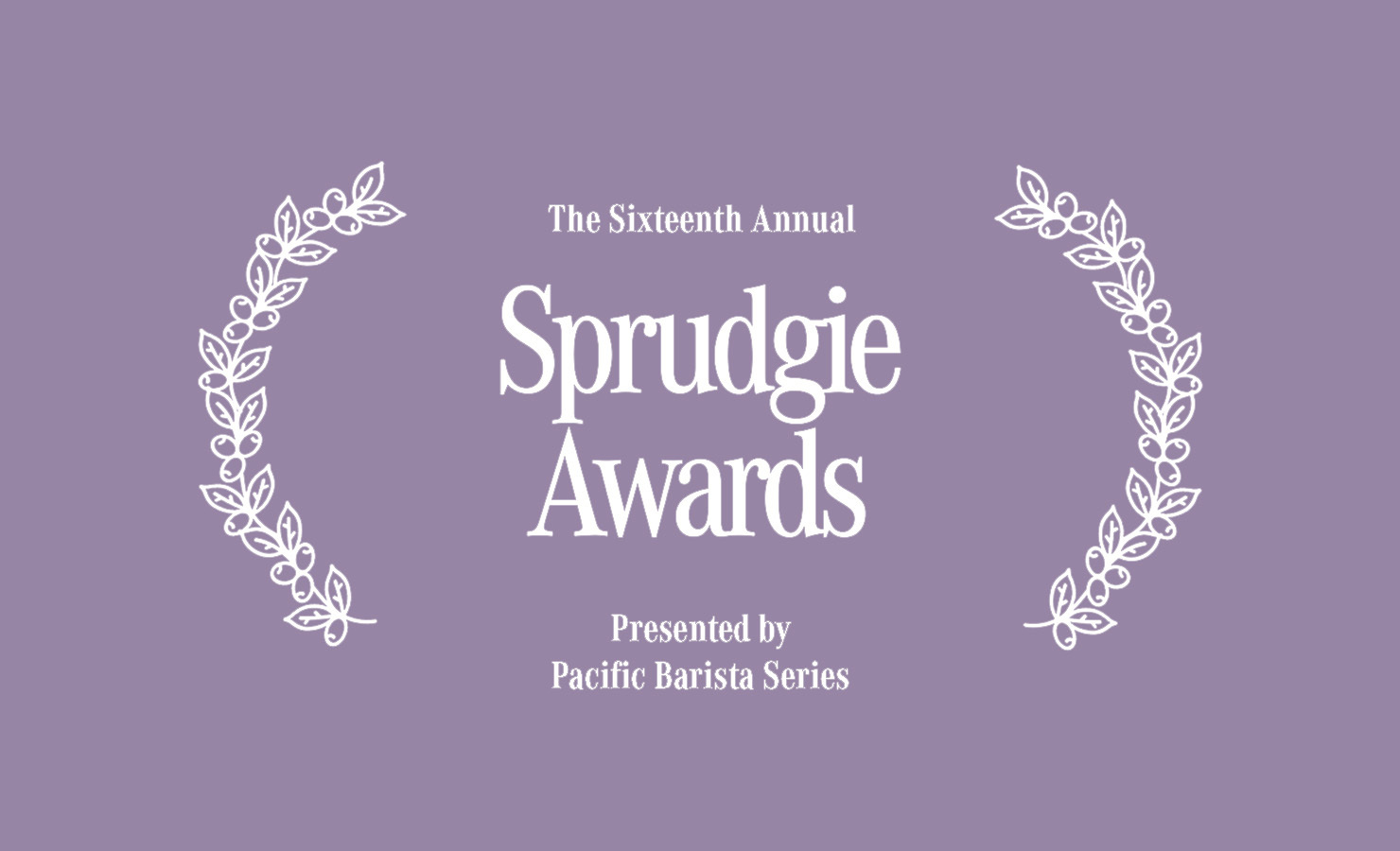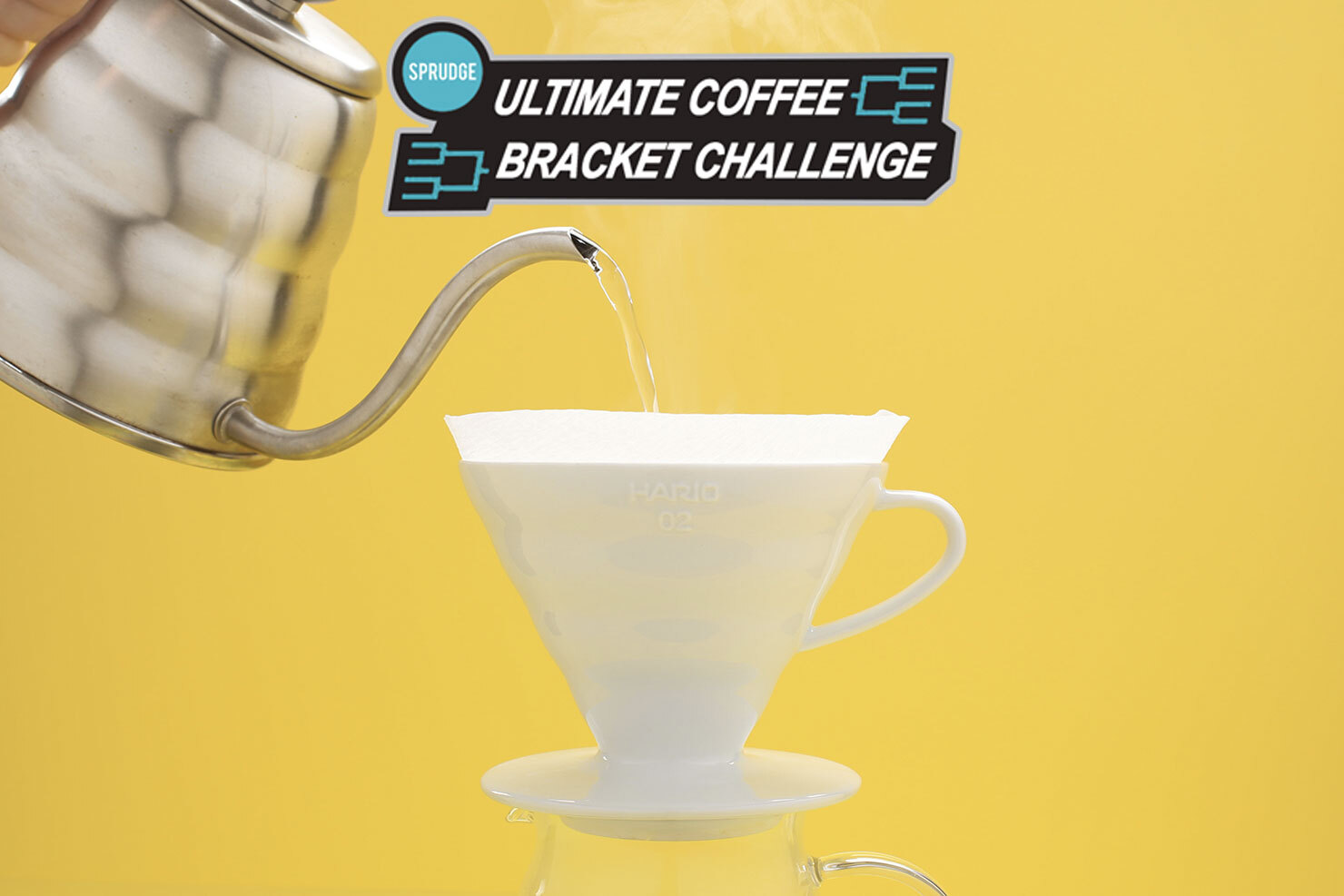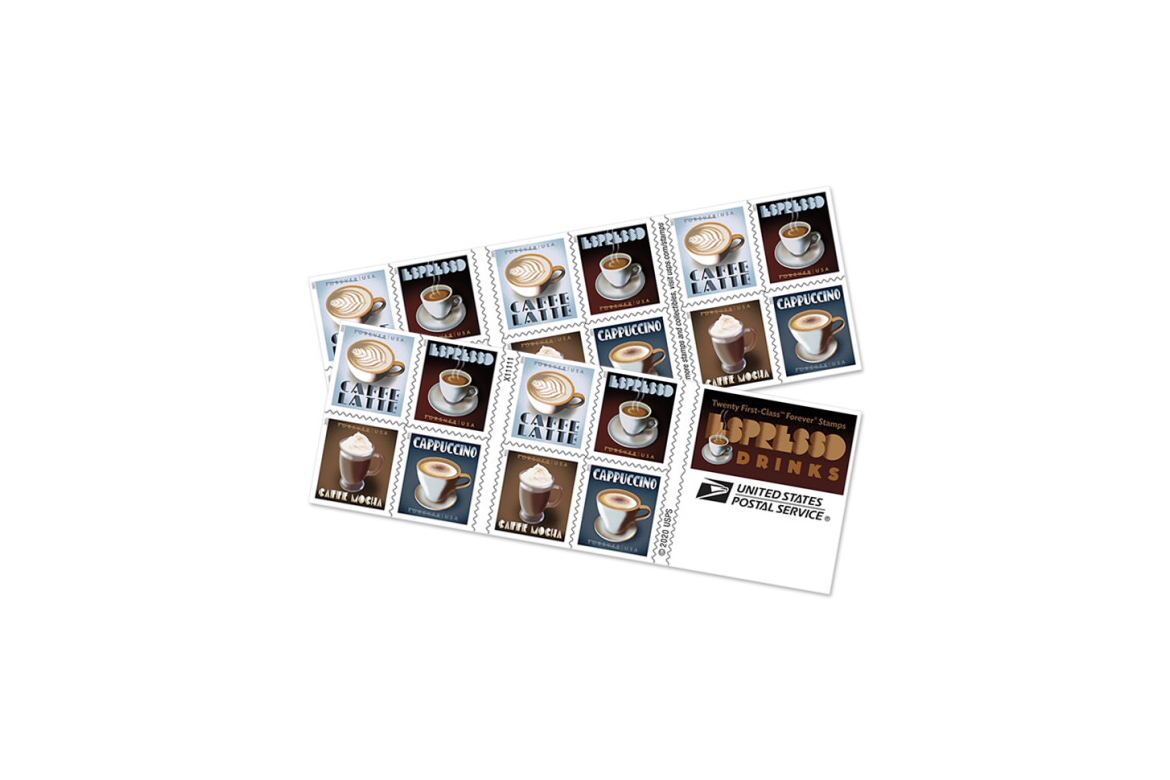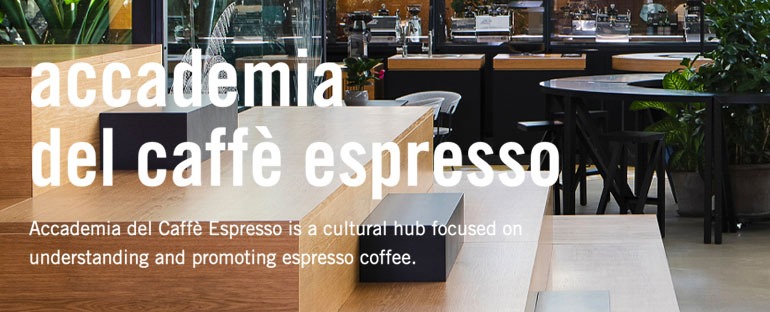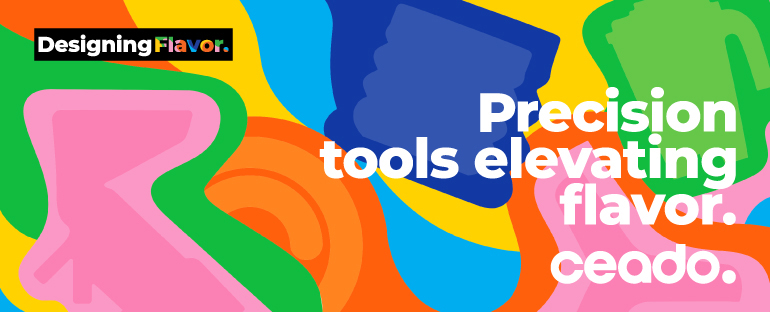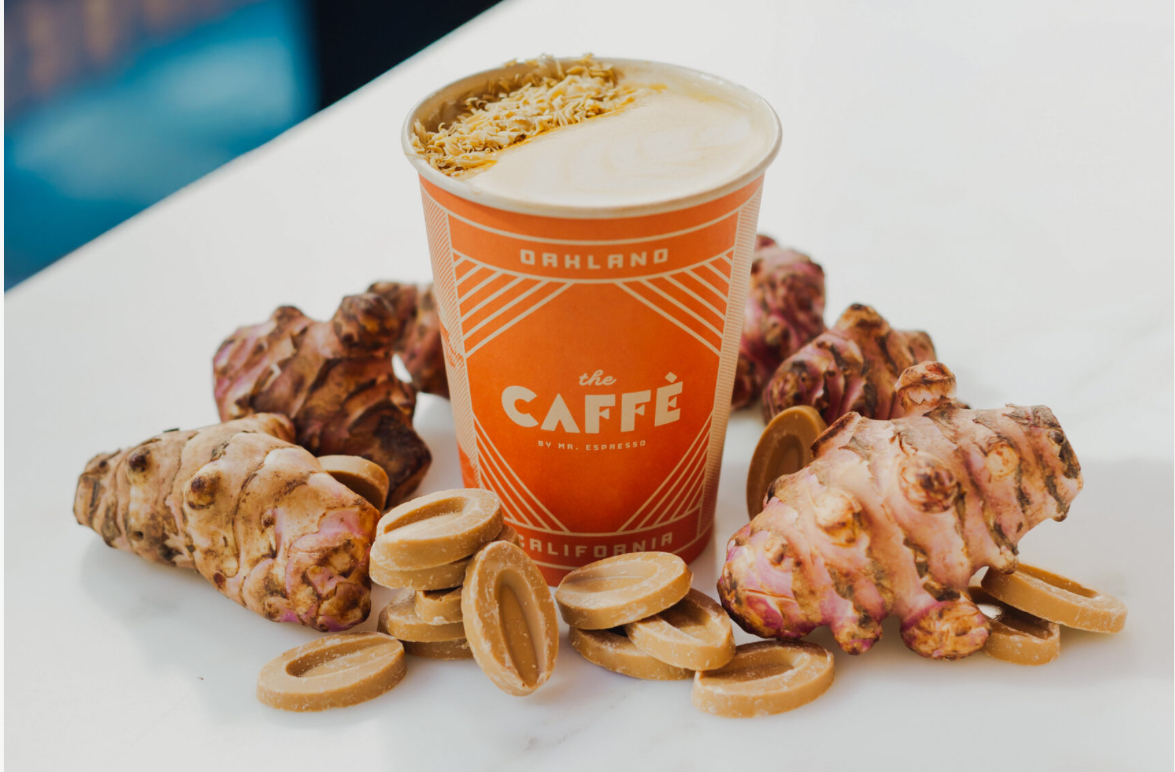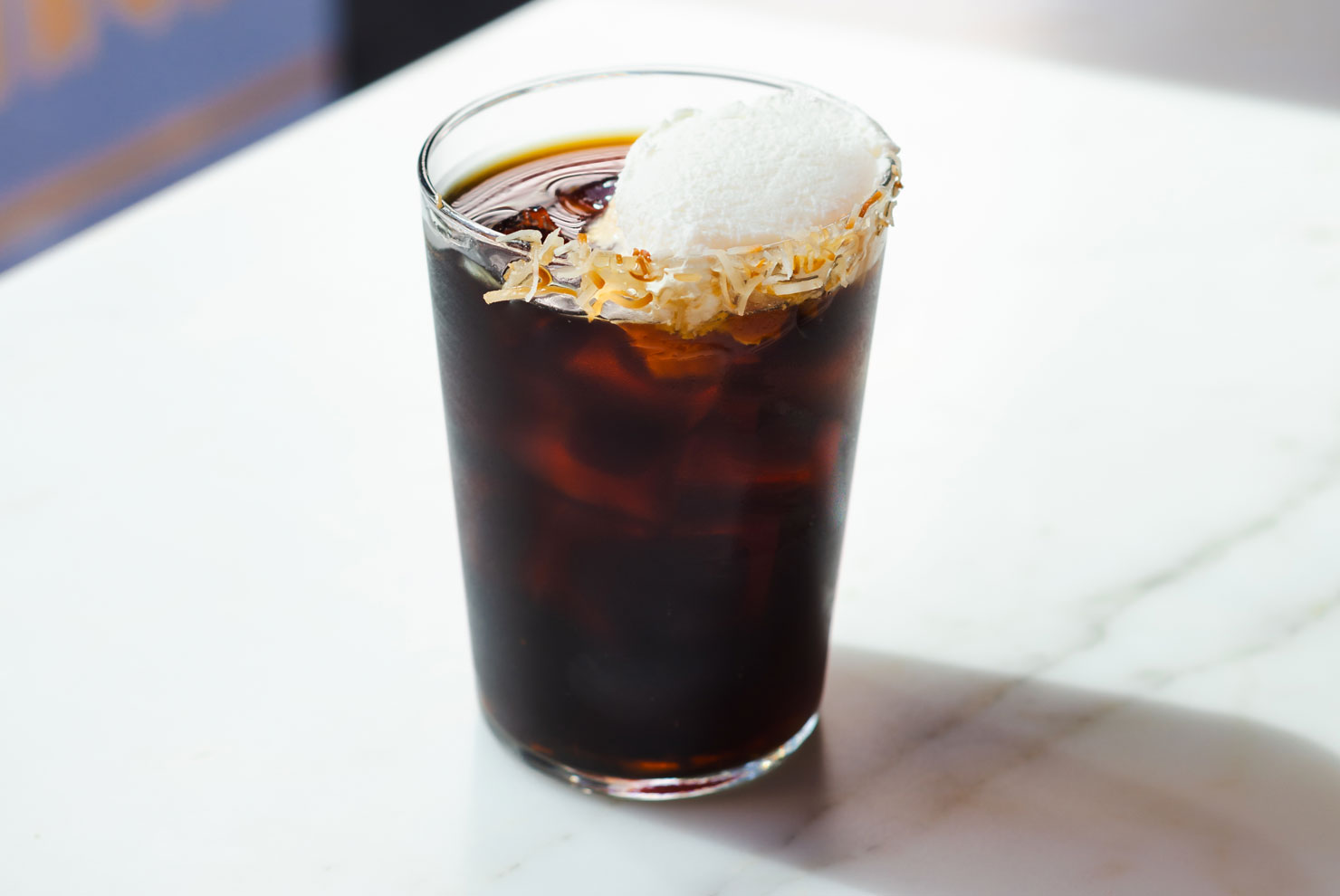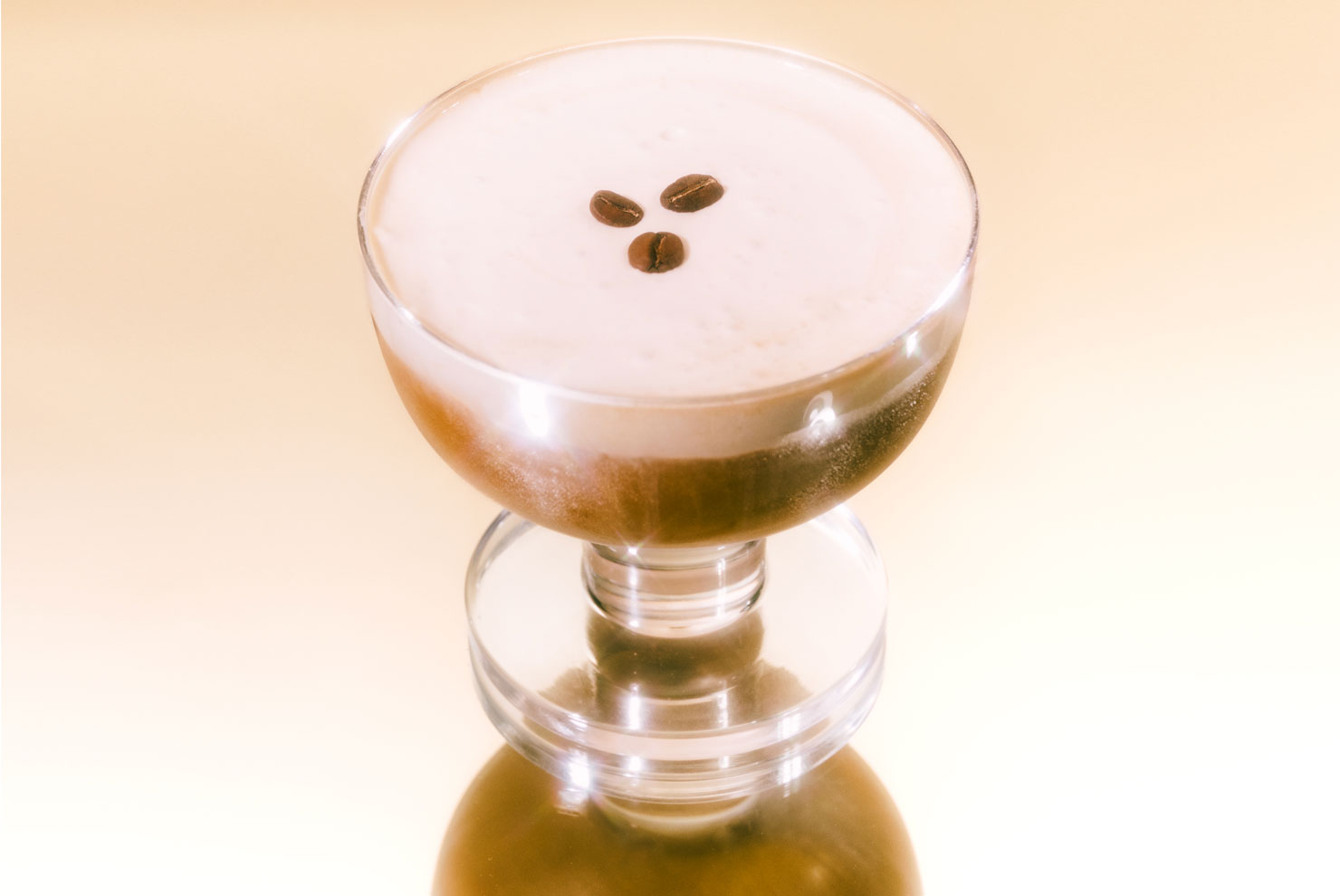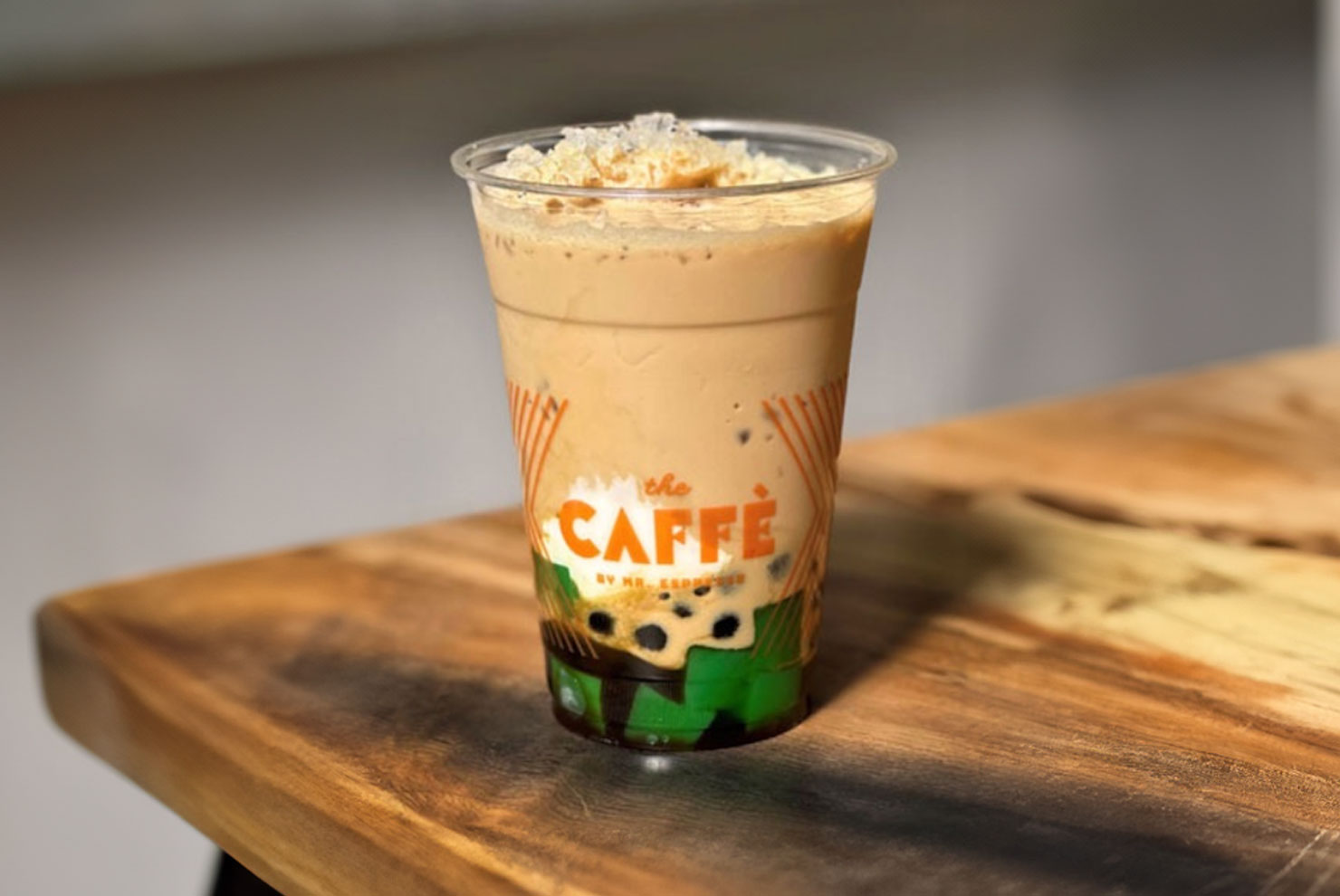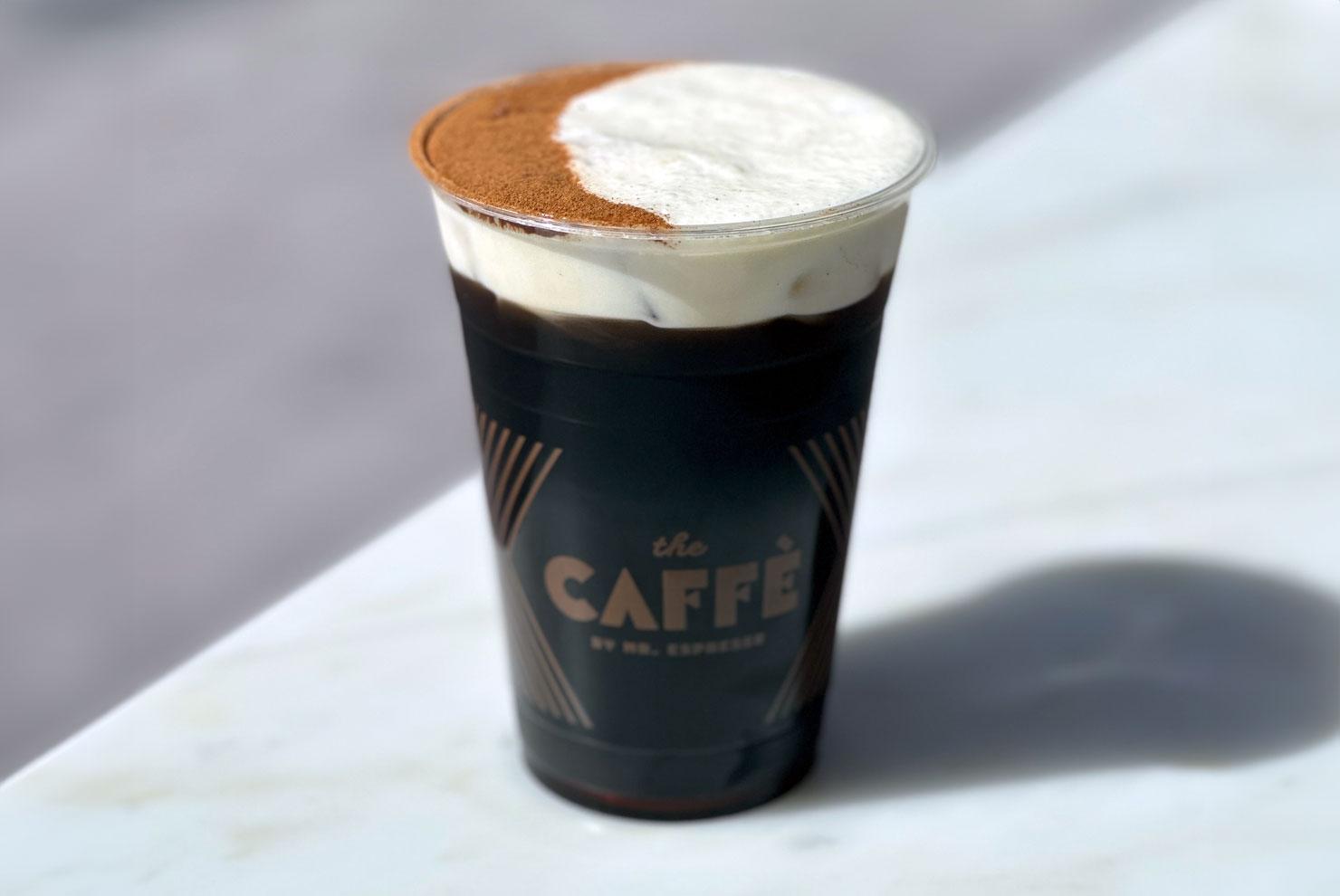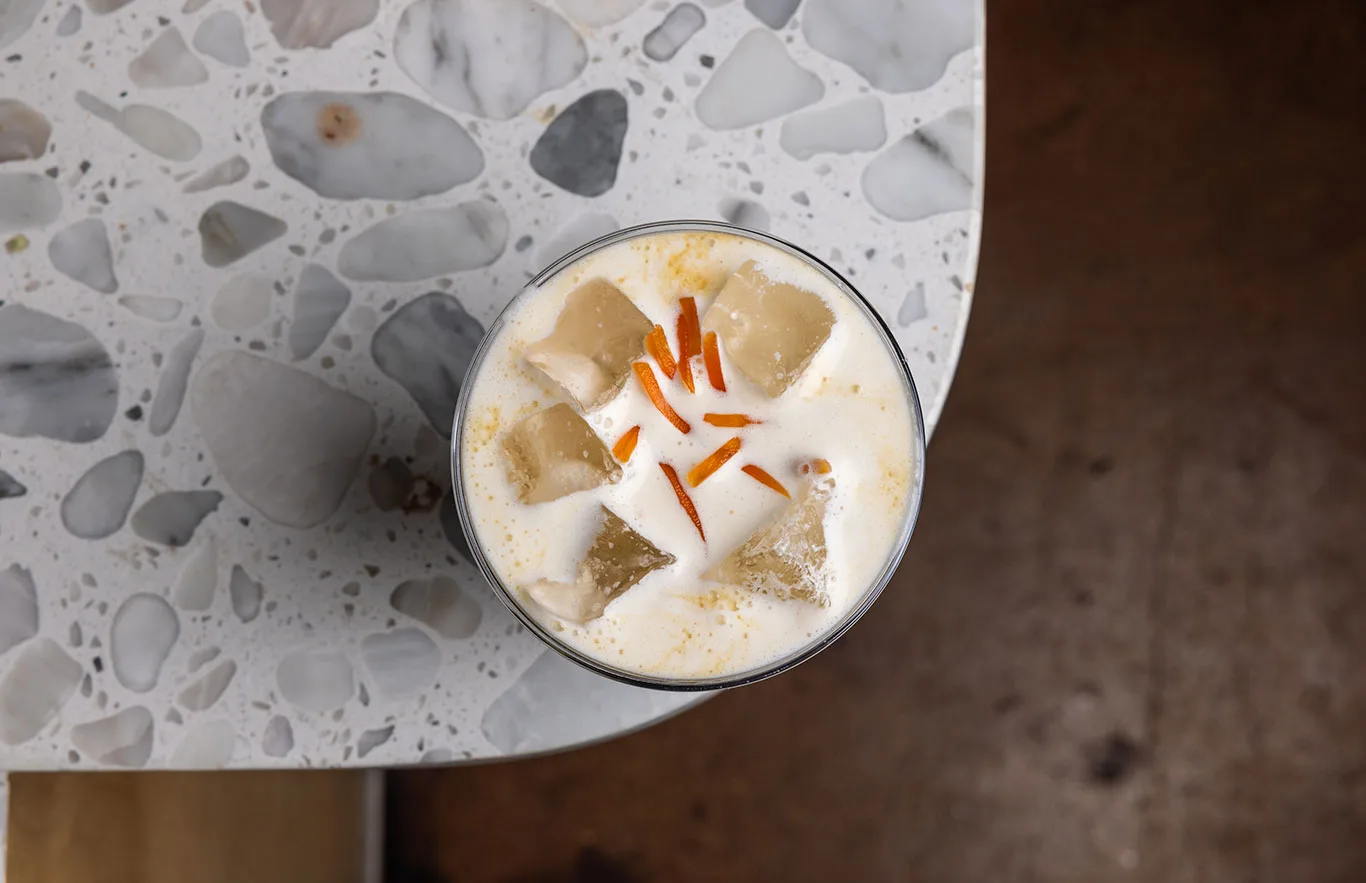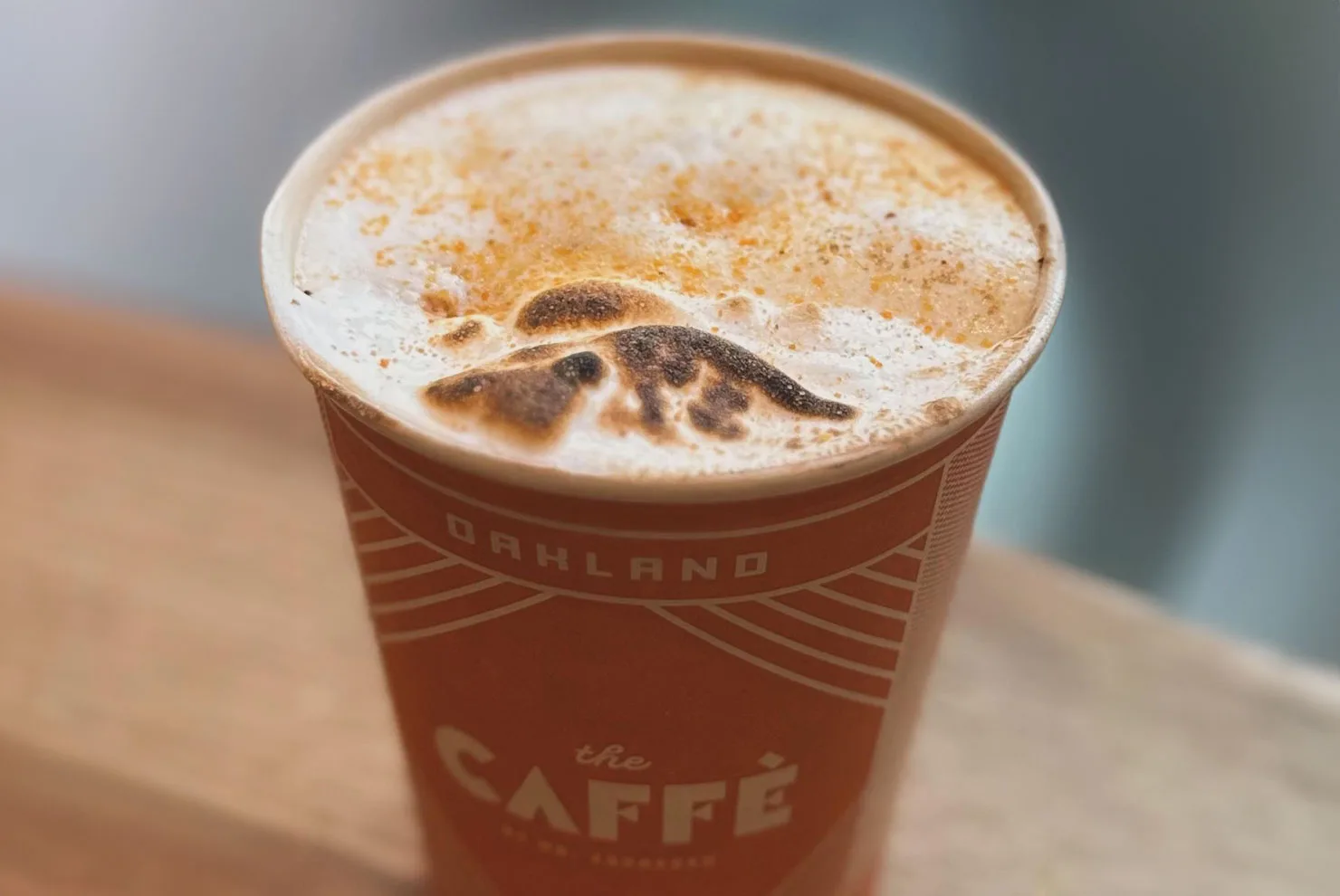There is a good probability that you have heard of pho or banh mi thanks to the global rise in popularity of Vietnamese cuisine. But have you ever heard of Vietnamese coffee? You may be reading this and saying, “Of course! I’ve got my phin brewing in front of me as I read this”—but that’s not everyone. I think the majority of you will have only briefly seen Vietnamese coffee pop up on your social media, or you may have not heard of it at all. Since we’re starting by comparing Vietnamese cuisine and coffee, I think it’s interesting to consider that our food is regarded as one of the healthiest diets in the world, whereas Vietnamese coffee has a stigma around it of being a cheap and unhealthy drink. How did these paths end up so different? Are these perceptions true? Let’s take a closer look!
Vietnamese coffee is often made from Robusta coffee beans, which is one of the two most commonly found coffee species in the world (the other is Arabica, more commonly associated with specialty coffee). In the traditional preparation of Vietnamese coffee, Robusta is intentionally roasted dark, and often mixed with other ingredients, such as chicory or corn, to improve its flavor and increase yield. Robusta coffee contains more caffeine and less sugars than Arabica coffee, and thus typically tastes “stronger”, which is a subjective term, or as some might even say “harsher”. The Robusta coffee shrub produces more caffeine to protect itself from insects and diseases and offers farmers a better yield-per-area, which is great for low-cost production. As such, Robusta has become the go-to coffee bean used for instant coffee and manufacturers of caffeinated products and energy drinks. In turn, this has given Robusta a reputation of low-quality, high-quantity, low-cost beans—a stigma that the burgeoning high-quality Robusta movement is actively working to combat.
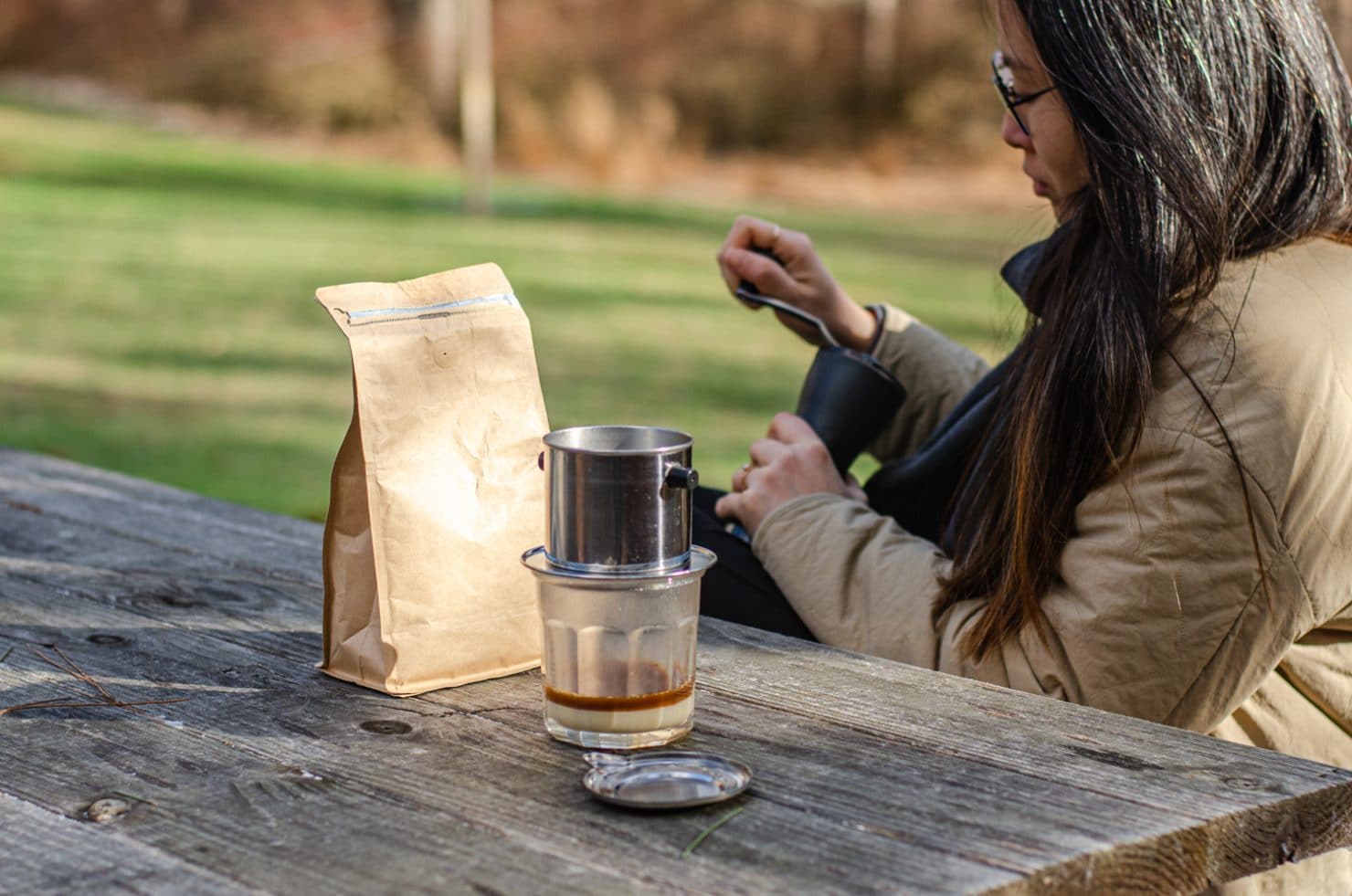
The sustainable impact of Robusta coffee is something we’ve explored previously on Sprudge—as a coffee category, Robusta is poised to make serious inroads in specialty coffee culture in the coming years. If grown with a focus on quality, it can brew a delicious and unique cup. But its history is associated with dark roast, and in Vietnam, the level of bitterness achieved by roasting Vietnamese coffee darker has a perfect match with condensed milk.
The use of sweetened condensed milk as an addition to coffee has a long history in Vietnam. It dates back to the 1850s, and the establishing of French colonial rule. At that time, it was difficult to get fresh milk and thus condensed milk proved to be an effective alternative, as it lasted longer in the tropical climate and didn’t need to be refrigerated. Although fresh milk was available later on, condensed milk had caught on and became a staple with Vietnamese coffee as it was cheap, but more importantly, mixed well with the bitterness of dark roasted Robusta. Despite concerns over calories, condensed milk solely contains milk and sugar (that’s it!), and if you’re someone who regularly adds syrups or sugars to your coffee, then traditional Vietnamese coffee isn’t really any more or less caloric than what you might regularly drink. No matter where you stand on the question of health, you should try coffee with condensed milk at least once—it can be absolutely delicious.
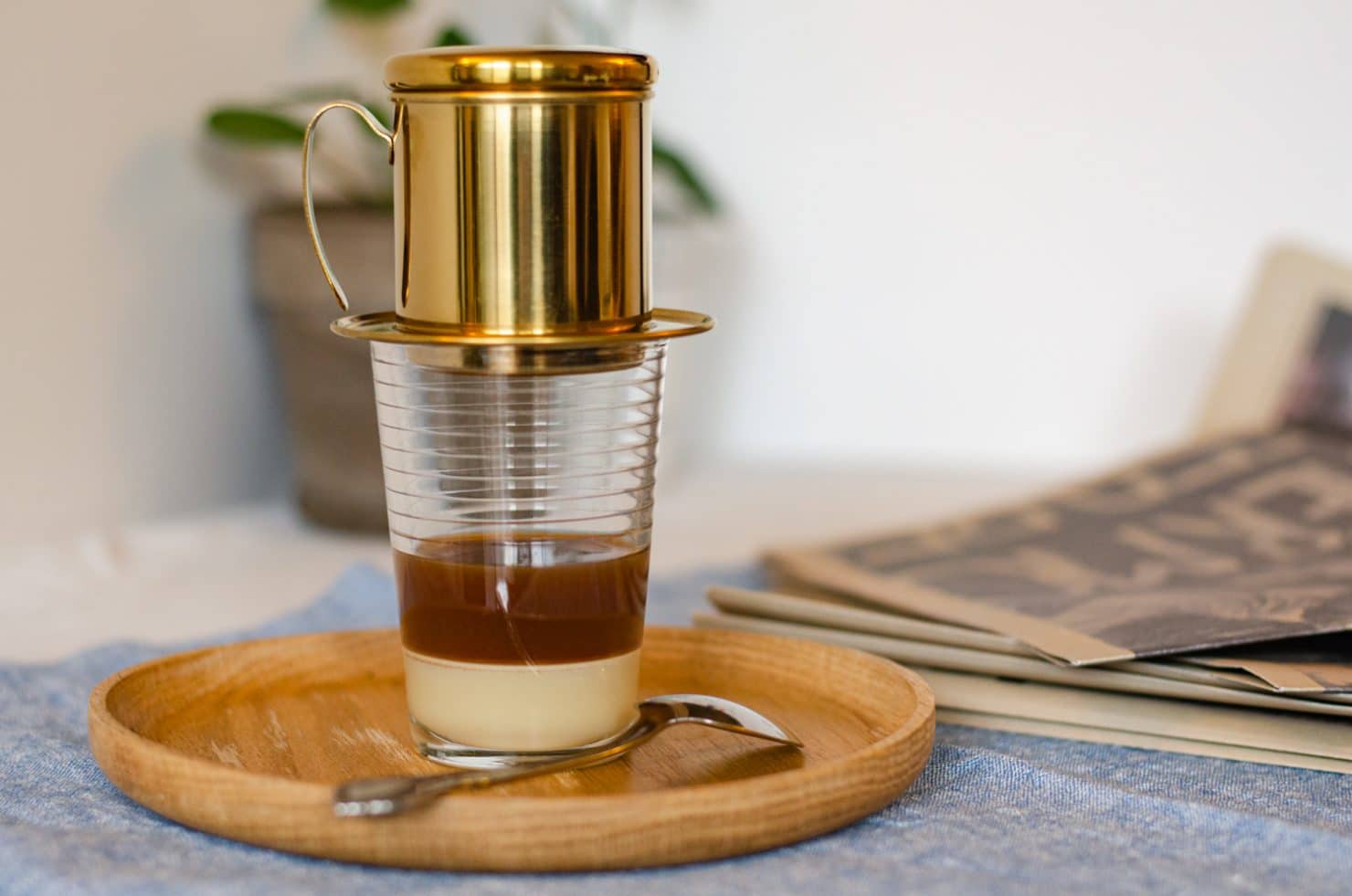
A lot of attention gets paid to the milk, but the thing that makes Vietnamese coffee so special (in my opinion) often goes unmentioned. That’s the traditional brewing process by way of a phin filter, which offers its users a unique and frankly cathartic brewing experience. The small, cup-shaped phin has a filter chamber and a lid that allow coffee to be slowly brewed. Entering your cup via a drop-by-drop drip, phin brewing creates a nicely concentrated coffee. Each drop provides an opportunity to slow down, take time, relax, and savor the process. It’s a beautiful part of the traditional coffee style in Vietnam.
Much like a V60 or AeroPress, the phin filter is a unique way of brewing coffee that is also very convenient and earth-friendly. It’s often made from stainless steel or aluminum and doesn’t require paper filters. The phin also provides a beginner-friendly brewing method that is effective and easy to understand for anyone.
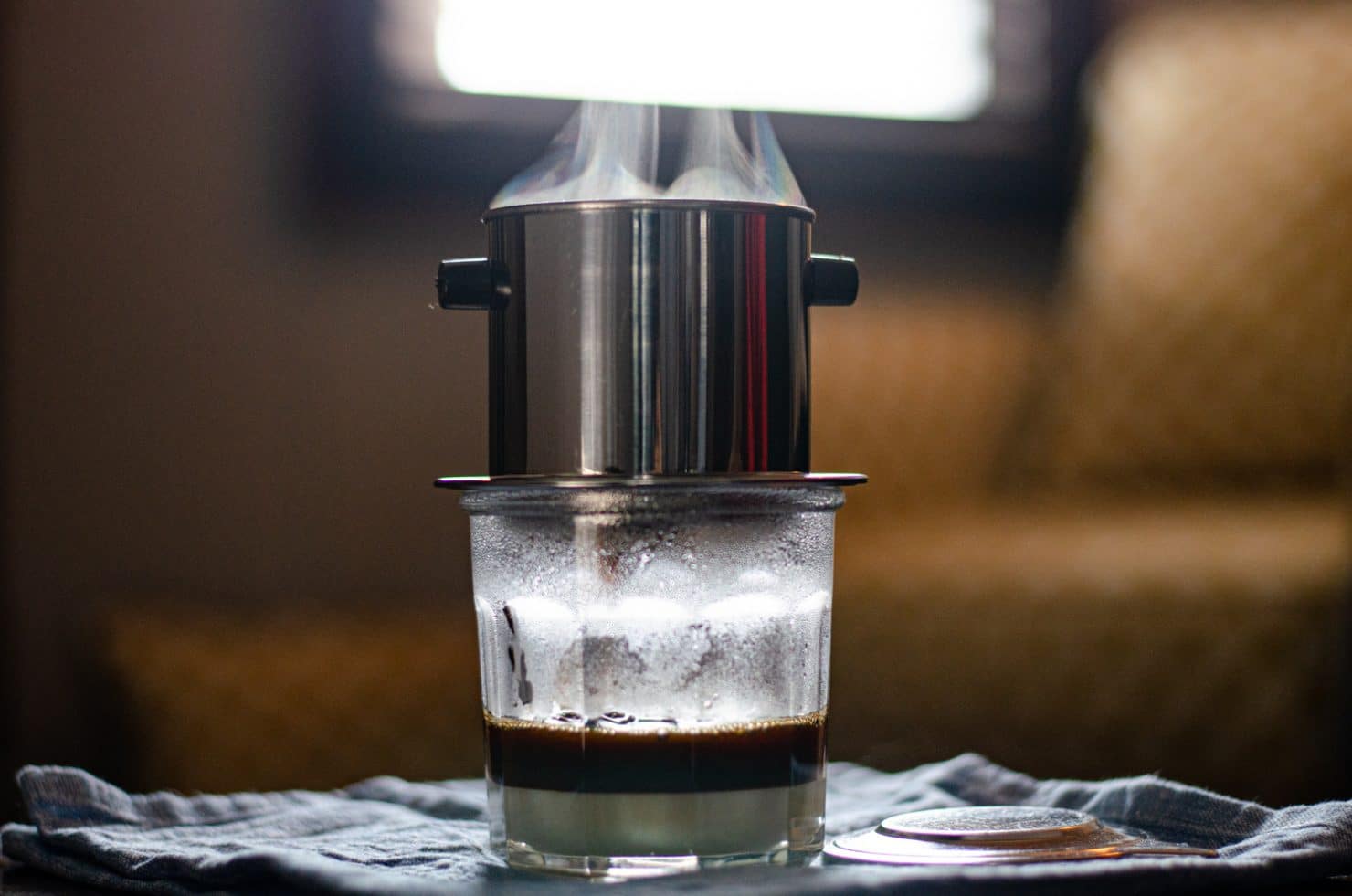
As consumer interests become more diverse, Vietnam, being the world’s second-largest producer of coffee, has a great opportunity to make an impact on global coffee culture. The Vietnamese coffee tradition has deep roots, and the phin brewing method is beloved by coffee drinkers around the world. But now there’s an increased interest in Vietnam on high-quality Arabica coffee, both grown in Vietnam (where Arabica is a fastly expanding industry) and from top growing origins around the world. Cities like Hanoi, Da Nang, and Ho Chi Minh City are home to vibrant, gorgeously designed specialty coffee bars, as cool and modern as anything you’d find in Seoul or London.
When you ask the question, “What is Vietnamese coffee?” please know that there are many answers. There is our traditional coffee—dark roasted Robusta brewed on a phin, mixed with sweetened condensed milk—but there are also very modern, sophisticated third wave coffee bars catering to worldly young people, plus many other kinds of coffee experiences in-between. These are all what Vietnamese coffee means today, and that’s something to celebrate.
(Kim) Khuyen Le is a coffee professional currently based in New York City. This is (Kim) Khuyen Le’s first feature for Sprudge.
Explore more Vietnamese coffee and cafe coverage on Sprudge.




